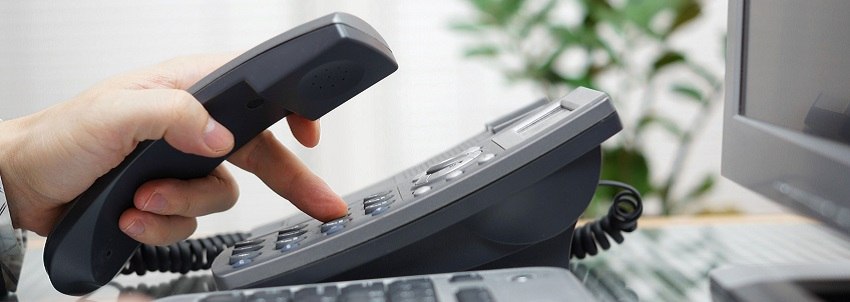

Telecoms providers: Become truly ubiquitous with non-geographic numbers
Non-geographic numbers are now widely used by a variety of organisations, from government offices to TV stations, including customer service centres, gaming or gambling platforms, hospitals or even the shop down the street. These numbers may start with 0800, 0808, 09, 118... A great confusion reigns however among customers as to just how much calling each of these numbers costs. Before examining the new system put in place by Ofcom, let’s go through the basics of these types of phone numbers.

How non-geographic numbers work
Non-geographic numbers are basically phone numbers which do not disclose a specific geographic location. They are then very much appreciated by services with national coverage, either for public service, or with commercial purposes.
Principles of non-geographic numbers
Non geographic numbers have become very popular and widespread since modern telephone systems, allowing any user to choose a phone number regardless of physical location, have been introduced.
According to the phone numbering system, the physical location of a phone line is indicated by the first two digits of the number. Several categories have been added to this numbering system and are intended as “national” numbers, meaning that the line may end anywhere in the country, and the caller will not know where he’s calling to.
These numbers may be used because they are either cheaper or more expensive to call than others. The former intention will be adopted by government departments and services to the public. The latter is what pushed many “service numbers” to choose non-geographic numbers, as being reached on the phone is basically what they sell. But in fact, anybody, even individuals, can apply for a non-geographic number.
With these numbers, call rates are the same no matter where the caller is located, as they are intended to provide national services. But this does not mean that call rates systems have become easier to understand...
Existing numbers and cost breakdown
Existing number prefixes include are 03, 05, 070/076, 080, 0845, 0870, 083/4, 0871, 09, 116 and 118. Until 2015, the cost for calling these numbers depended on a crazy number of factors, including the type of phone used - landline or mobile -, service provider rate and carrier rate. Today, charges for non-geographic numbers are divided into two parts:
- the Access Charge is how much the caller’s carrier charges him on a per-minute basis;
- the Service Charge is set by the company or organization providing the service, which is being called.
What the new regulatory environment means
The new regulatory environment essentially aimed at clarifying the rate-system for calling non-geographic numbers.
“Freephone” numbers are now... really free to call
Some non-geographic phone numbers have always been reserved for “free to call” services. These are the numbers starting with 0800, 0808 and 116. But until 2015, they were only free to call from landlines, and calling from mobile phone cost users between 14p and 40p a minute. Now, Freephone really means free, even from a mobile.
More transparent cost schemes with service numbers
Other non-geographic numbers, those starting with 08, 084, 087, 09 and 118 can cost anywhere up to 41p per minute. 08 numbers are mostly used by banks, customer helplines, government departments utility companies, and voting in TV shows, while 09 is for premium rate services and 118 for directory enquiries services. They may not be cheaper to call now, but the access charge/service charge breakdown makes them much more transparent.




